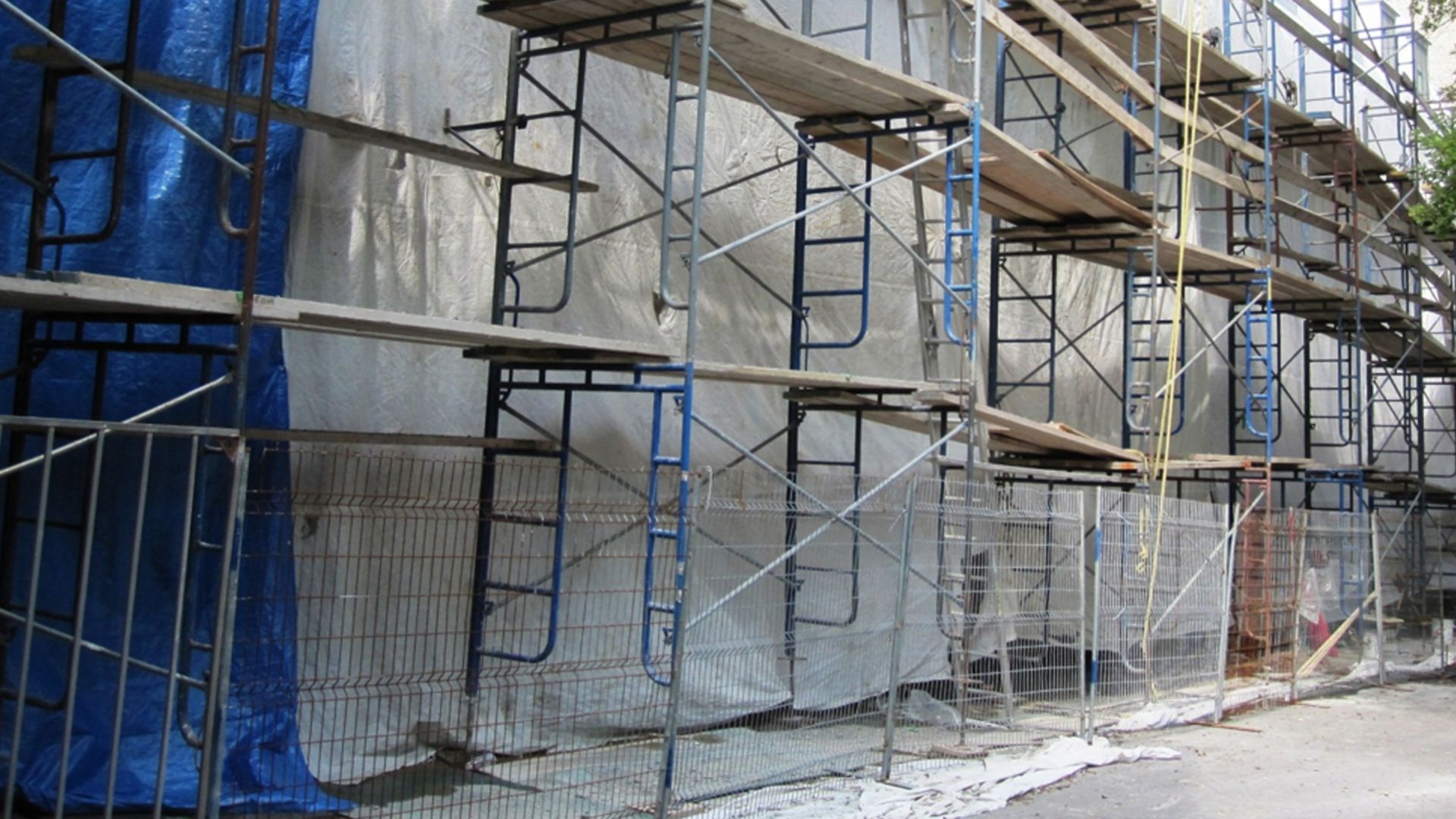HOW TO PERFORM A MOIST CURE FOR MASONRY
THE CURE
Moist curing is a process that maintains an adequate humidity level for a defined period of time. This is an essential step in the curing process for some mortars as it allows the mortar to develop its physical and mechanical attributes (compressive strengths, resistance to freeze-thaw cycles, adhesion, etc.). Moist cures also help to reduce the risk of shrinkage, in turn helping to maintain the bond between mortar and masonry unit, which ultimately keeps the building water tight.
The absence of or an inadequate moist cure will result in mortar cracking and will affect the properties of the hardened mortar.
The hydration of binders is a chemical process that requires a certain amount of water. Since masonry joints are directly exposed to environmental elements such as wind or sun, it is important to make sure that the mortar stays well hydrated during the curing process in order to develop its hardened properties. On the other hand, to much moisture during the curing process could lead to the same effect as not enough water - cracking in mortar joints.
THE INSTALLATION
To create good condition for a moist cure, install a burlap that will be topped with a perforated garden hose. Then you have to cover it all with a polythene plastic (fig. 1). Using the perforated hose, make sure to continuously keep the burlap damp. In order to avoid stain on the masonry unit and the masonry mortar, make sure that the burlap is not directly in contact with the masonry units and / or mortar. The air flowing freely will also help carbonation of mortar. Be careful not to humidify too much the masonry joints as too much water could have the effect of washing the joints or to create cracks in the masonry joints.
A moist cure must begin as soon as the initial set is complete and the joint has been finished. During the day when workers are present on site, a misting of water on the surface of the joint is sufficient. But, when no one is present to mist the joints with a spray bottle, a system must be installed - a jute -which will allow the building envelope to remain humid without being in direct contact with water.
Throughout the moist cure an ambient temperature of more than 5 C should be maintained. Once complete, the ambient temperature should be kept above 5 C for an additional 48 hours and then ideally protected from rain or snow for an additional period of a minimum of 5 days. The total duration of the moist cure varies from 3 to 7 days depending on environmental variables like temperature,exposure to sun and exposure to wind.
PROTECTION
One of the basic rules in masonry is that, if the mason is bothered by the heat, the mortar is also. So, it is better to avoid working in the sun when performing restoration projects. Often the wind can be more damaging then the sun on masonry joints. The wind has the effect to dry the mortar joints, thus depriving it from the necessary hydration of the binder. During Spring and Fall, you have to make sure to protect the masonry joints from the risk of frost. If there is a threat of frost, it is imperative to protect the joints with a heating system. Keep in mind that it is sometimes better to postpone a project for a later date.

